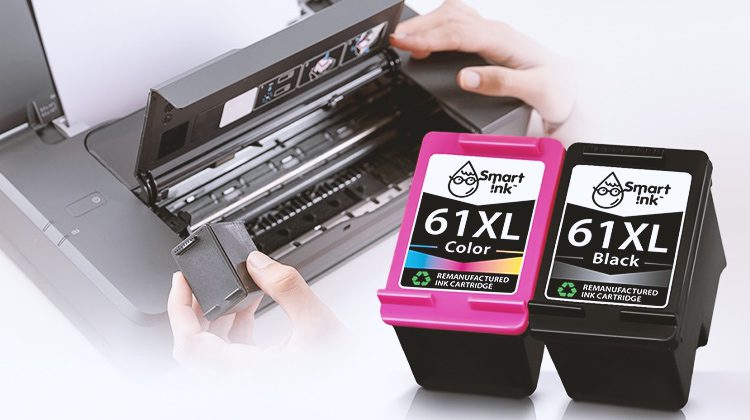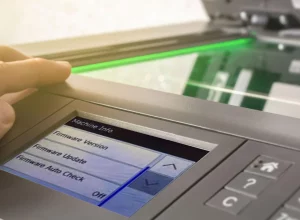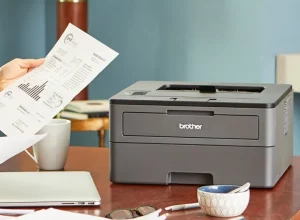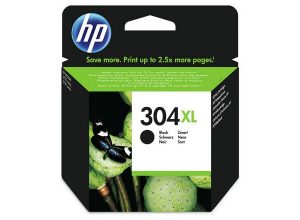Contents
Understanding the Differences Between Standard and XL HP Ink Cartridges
Choosing between standard and XL ink cartridges for your HP printer is essential for optimizing your printing needs and managing your budget effectively. Standard cartridges, generally designed for moderate usage, contain less ink and are often more affordable upfront. They are suitable for users who do not print frequently or engage primarily in lighter printing tasks, such as printing documents or occasional photos. On the other hand, XL cartridges hold a larger volume of ink, making them ideal for users with higher printing demands. They typically provide a lower cost per page, which can result in significant savings for businesses or individuals who print in bulk.
One critical distinction between standard and XL cartridges is their page yield. Page yield refers to the estimated number of pages that can be printed before the ink runs out. For instance, a standard black ink cartridge may yield around 200 pages, while an XL version can yield 400 pages or more. This variance can influence not only your overall printing cost but also your printing frequency and convenience, as replacing cartridges less frequently can save you time and effort.
Additionally, consider the types of documents you typically print. If your work primarily involves high-volume text documents, the XL cartridges are often the better choice, as they reduce the need for frequent replacements. Conversely, for those who print documents occasionally or less frequently, the standard cartridges may suffice. However, it is essential to weigh the pros and cons based on your printing habits and overall budget.
When making your choice, also factor in the environmental impact. XL cartridges can reduce waste due to their higher capacity, meaning fewer cartridges end up in landfills over time. Some manufacturers offer recycling programs that allow you to return used cartridges, further supporting sustainability. This aspect can be a deciding factor for eco-conscious users looking to minimize their environmental footprint while still meeting their printing needs.
Finally, ensure compatibility with your specific HP printer model, as not all printers support both standard and XL cartridges. Refer to your printer’s documentation or HP’s website for compatibility information. In summary, your decision should reflect both your printing volume and cost efficiency needs, alongside consideration for environmental impact and printer compatibility.
Overview of HP Ink Cartridge Types
HP ink cartridges fall into two primary categories: standard cartridges and XL cartridges. The primary difference between these types lies in their ink capacity, which directly affects page yield and overall cost-effectiveness.
Standard Cartridges
Standard cartridges are designed for users with moderate printing needs. They contain a smaller amount of ink and are usually less expensive upfront compared to their XL counterparts. A standard ink cartridge typically yields between 200 to 300 pages, depending on the model and the type of printouts (color vs. black and white).
XL Cartridges
XL cartridges, otherwise known as high-capacity cartridges, are specifically designed to produce more pages per cartridge, often offering yields that range from 400 to 600 pages or more. While XL cartridges have a higher initial cost, they provide a better cost-per-page ratio for users who print frequently or require large volumes of output.
Cost Analysis
To evaluate the cost-effectiveness of each cartridge type, it is essential to analyze not just the purchase price, but also the cost per printed page. Below is a comparative table for reference:
| Cartridge Type | Average Cost (USD) | Page Yield | Cost Per Page (USD) |
|---|---|---|---|
| Standard Cartridge | 20 | 250 | 0.08 |
| XL Cartridge | 30 | 600 | 0.05 |
Usage Scenarios
Your printing habits and purposes significantly influence the decision between standard and XL cartridges.
Optimal Scenarios for Standard Cartridges
Consider standard cartridges if:
- You print occasionally, such as a few pages a month.
- Your print jobs mainly consist of text documents.
- You have budget constraints regarding upfront costs.
Optimal Scenarios for XL Cartridges
Opt for XL cartridges if:
- You engage in frequent printing, such as business reports, presentations, or school projects.
- You require high-quality prints that involve color graphics and images.
- You want to reduce the frequency of cartridge replacements which saves time and effort.
Environmental Considerations
Another aspect to consider when choosing between standard and XL cartridges is the environmental impact. Larger, XL cartridges may be more sustainable as they generate less plastic waste by reducing the number of cartridges needed. Additionally, HP has initiatives in place for recycling used cartridges through their HP Planet Partners program, which provides an environmentally friendly disposal option.
Conclusion
Deciding whether to use standard or XL HP ink cartridges depends largely on your printing habits, budget, and environmental considerations. While standard cartridges may seem economical initially, XL cartridges often provide better value in the long term due to their higher page yield and lower cost per page. Consider your specific needs, analyze your usage frequency, and assess your budget to make the best choice for your printing needs.






